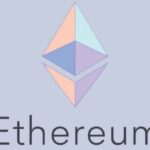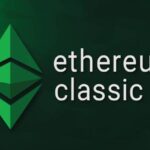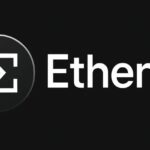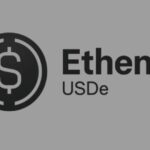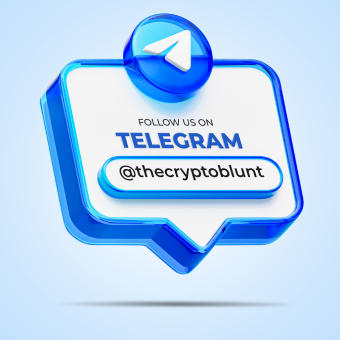Leah Wald stressed that treasury firms must conduct themselves with respect to maintain industry credibility, all while taking advantage of the growing product availability.
SOL Strategies CEO Leah Wald explained how Solana-focused digital asset treasury firms can spur institutional adoption and the flow of exchange-traded funds (ETFs).
She highlighted the similarity to the Bitcoin ecosystem’s dynamics, where miners receive inflows alongside spot and futures ETFs. This suggests a comparable potential for companies focused on Solana.
“You’ve always seen that in the past where miners get inflows, like Bitcoin miners. ETF gets inflows alongside Bitcoin spot and Bitcoin futures ETFs get inflows.”
Wald explained:
She explained this phenomenon by stating that retail investors select different products based on enthusiasm, whereas institutions show a preference for ETFs due to their tax benefits and custody structures.
Wald recognized the widespread market expectation for a spot or staked spot Solana ETF under a 33 Act wrapper. She views this development as one component of a larger trend of increasing product offerings.
Leah Wald emphasized that treasury companies must operate with respect to preserve industry credibility while benefiting from the increasing availability of products.
Bloomberg ETF analysts anticipate an approval in October, which is when the majority of spot Solana ETF filings will reach their final deadline with the SEC.
Digital Asset Treasury Trends
Regarding concerns about the valuations of digital asset treasury (DAT) companies, Wald noted that many firms that have added Bitcoin now trade at discounts to a multiple of Bitcoin’s NAV (mNAV). This includes Bitcoin mining companies.
A September 2 report from Grayscale underscored a decline in the mNAV for DAT companies, which suggests that investor interest is waning.
However, she voiced her belief that SOL Strategies’ dual role as a technology firm and a treasury accumulator gives it a competitive edge during market declines.
“It does not scare us. I think it positions us in a position of strength because we’re the only ones running a real business and it’s a business that continues to accumulate and compound.”
Wald stated:
She observed that environments with discount trading put pressure on management teams to execute validator business models effectively, rather than depending solely on asset appreciation.
SOL Strategies sets itself apart by labeling the company “DAT plus plus,” which emphasizes its focus on technology development in addition to treasury accumulation.
Wald portrayed the company as a technology firm first, with treasury accumulation as a secondary function, which contrasts with purely speculative treasury models.
SOL Strategies added SOL to its treasury and began trading on Nasdaq on September 9 under the ticker STKE.
Solana Ranks Second in DeFi with $12 Billion TVL Despite Small Tokenization Share
Although Solana is the second-largest decentralized ecosystem, with over $12 billion in total value locked, it still accounts for only a small portion of the tokenization landscape.
Institutional investors have allocated close to $500 million to Solana’s infrastructure, which accounts for 3.1% of this particular market. In contrast, Ethereum maintains a 52% market share in tokenization endeavors.
Wald perceives institutional treasury companies as catalysts for bridging this divide through educational and validation initiatives.
“I do think that any ETF, like any well-respected issuer or well-respected company, anyone that puts boots on the ground on education is only going to help Solana, the network, grow and succeed.”
She explained:
She underscored the validation and adoption benefits that stem from proper educational initiatives regarding Solana’s technical advantages.
Wald underscored the considerable interest from institutional investors, which includes BlackRock’s plans to introduce a yield fund on Solana alongside existing tokenized products from Apollo and Franklin Templeton.
She presented these developments as proof of the increasing institutional acknowledgment of Solana’s capabilities for both tokenization and digital asset infrastructure.
Wald finished by framing treasury firms as educational ambassadors for the institutional adoption journey of Solana.
“It’s on all of us out there to educate why we think that it’s better, cheaper, faster, quicker, all those different merits to get there. Hopefully, with all the DAT leaders out there providing education, it should snowball.”
